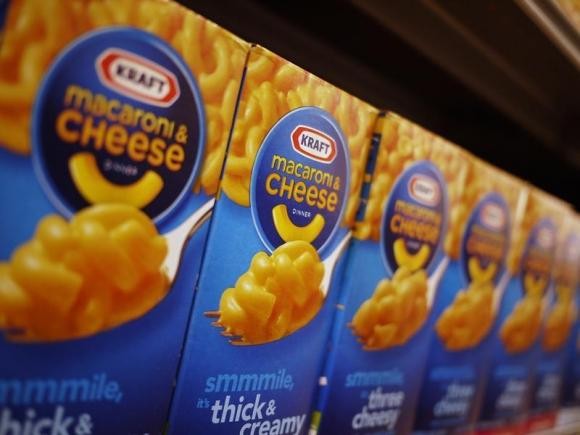When dining at home or restaurants, sometimes you are getting fake foods instead of the real deal. It is an acquired skill to be able to distinguish genuine dishes from faux ingredients and dishes.
For example, wasabi is a three-alarm-fire Japanese dish that is usually recently graded, and fresh wasabi can have a price tag of $100 per pound. However, when the horseradish is mixed with ingredients such as artificial colors and flavors, it becomes less antibacterial and healthy.
In a bit of irony "veggie" burgers are typically made with few or no veggies. Instead, they include ingredients such as vegetable oil and soy.
If you are a fan of "crab meat" in dishes such as sushi, you will likely be disappointed to learn that the crab did not originate from the bottom of the sea. Instead, it is from paste of white fish that is frozen, shaved, and then ground. That is enough to make anyone crabby.
Cheese is another food that is faked, and is faked quite often. They are sold in real-sounding varieties such as "processed cheese," and typically contain ingredients such as oil and fillers, according to Prevention.
Next, genuine maple syrup originates strictly from a maple tree. However, the stuff you get at the store or restaurant is often made from two varieties of corn syrup.
Everything is indeed "better with bacon." That said, it is important to keep in mind that bacon bits are not produced from real bacon. They're actually made from soy flour and other ingredients that were developed in a laboratory.
Yet another fake food is popcorn "butter," which is usually produced from hydrogenated soybean oil, a trans fat. Just one tablespoon of the stuff contains half of the saturated fat you should be eating daily, according to Yahoo.




























